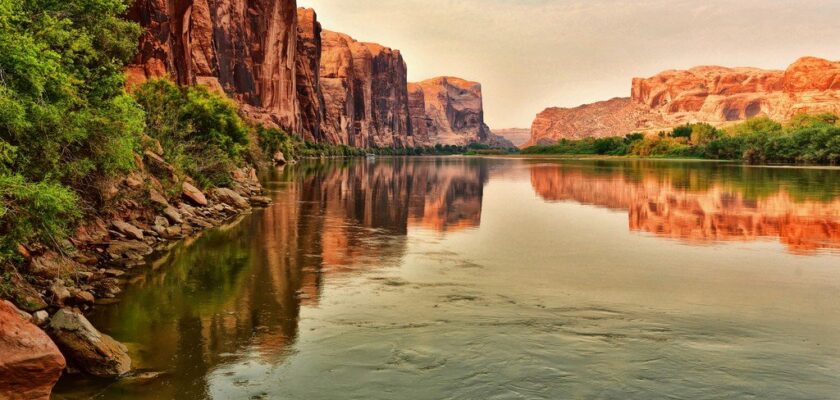Colorado River
This attraction is related to the following countries:UNITED STATESMexicoFor 8,000 years, the Colorado River, which stretches from the southwestern United States to northwestern Mexico, has been the primary source of water for literally everything living near and within it.
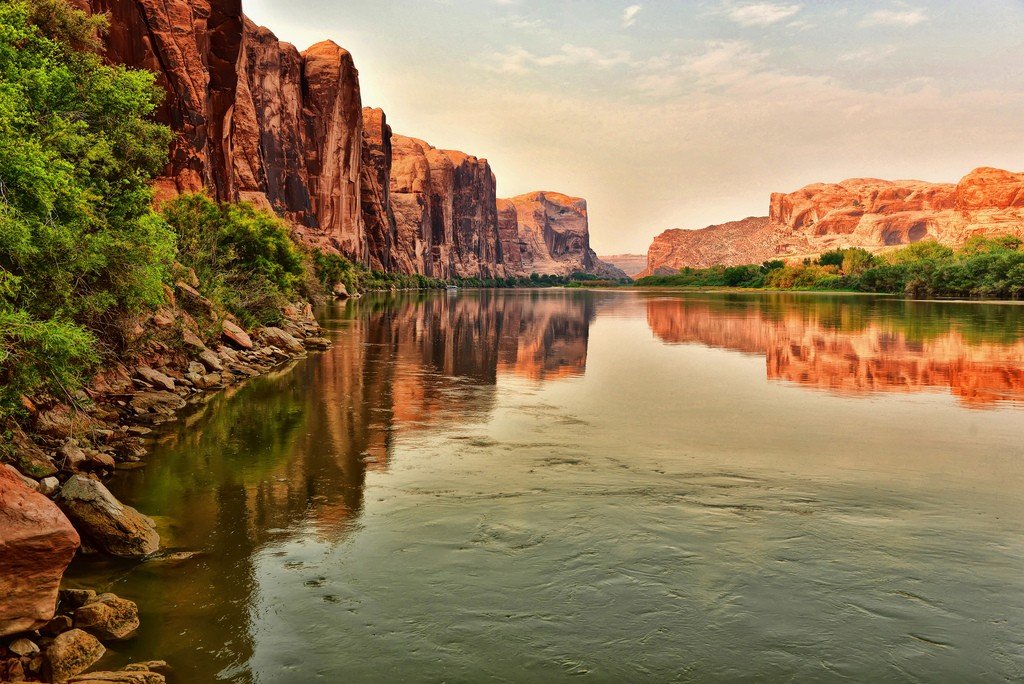
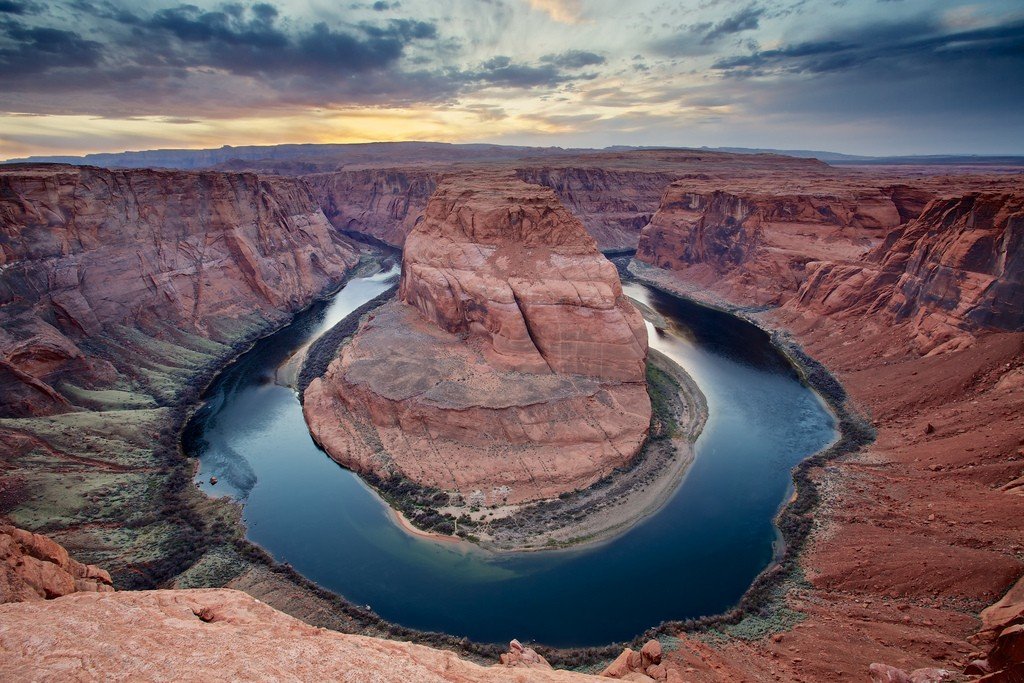
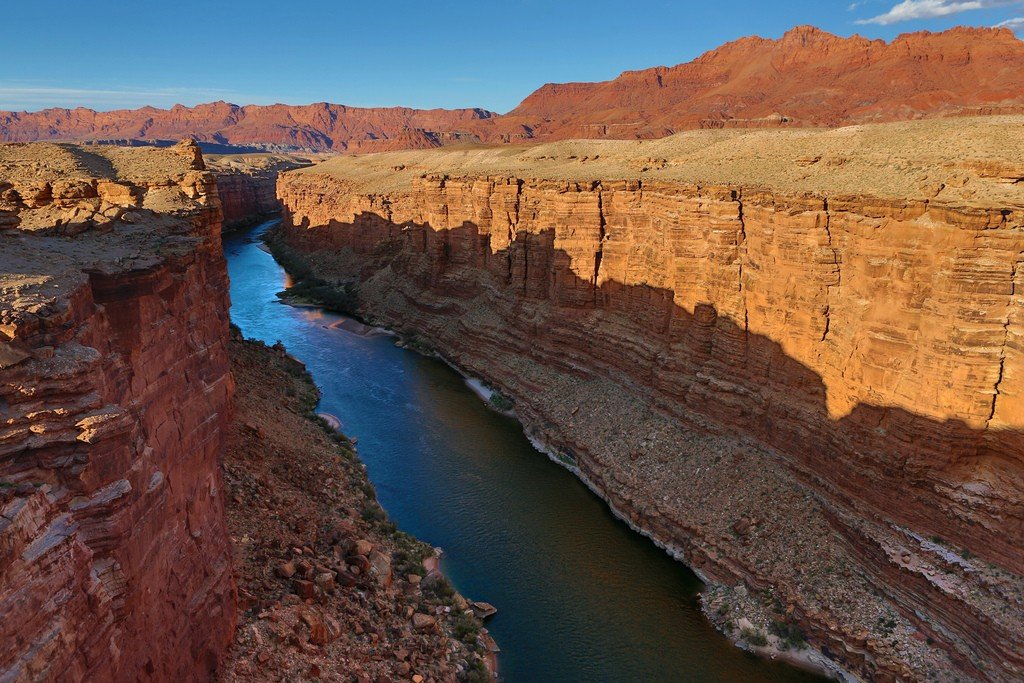
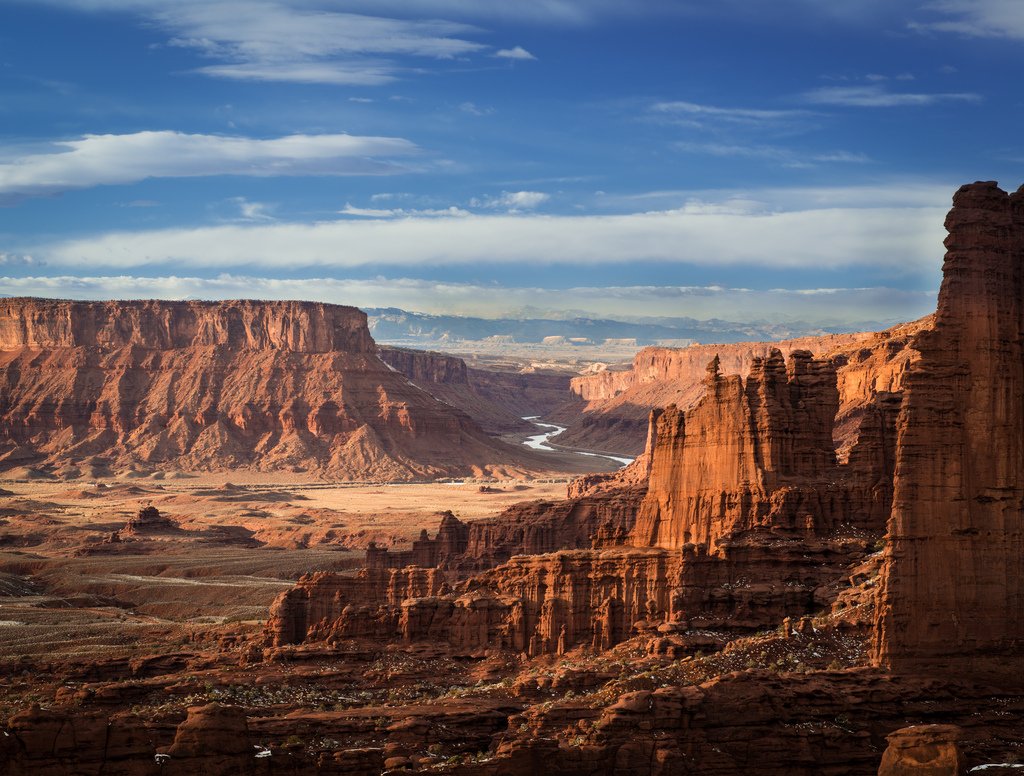
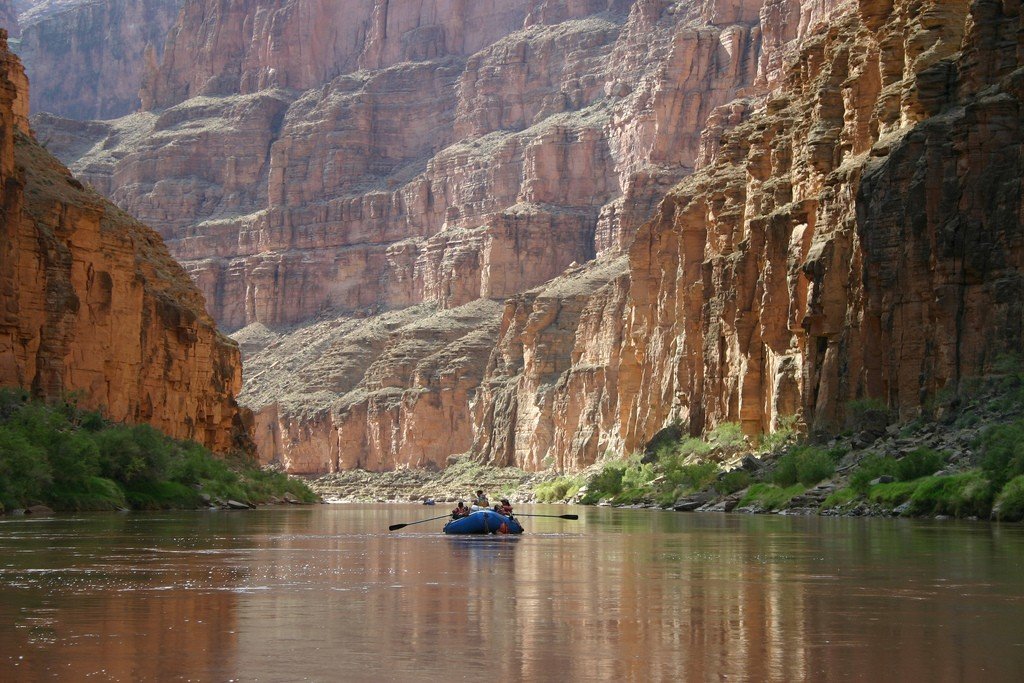
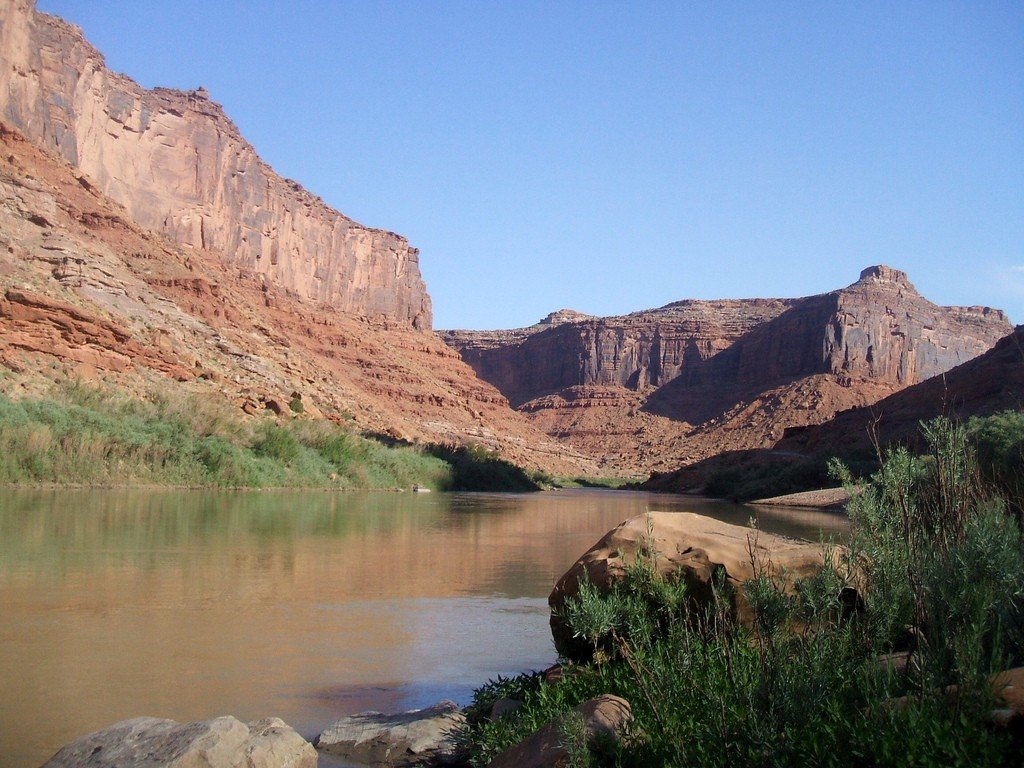
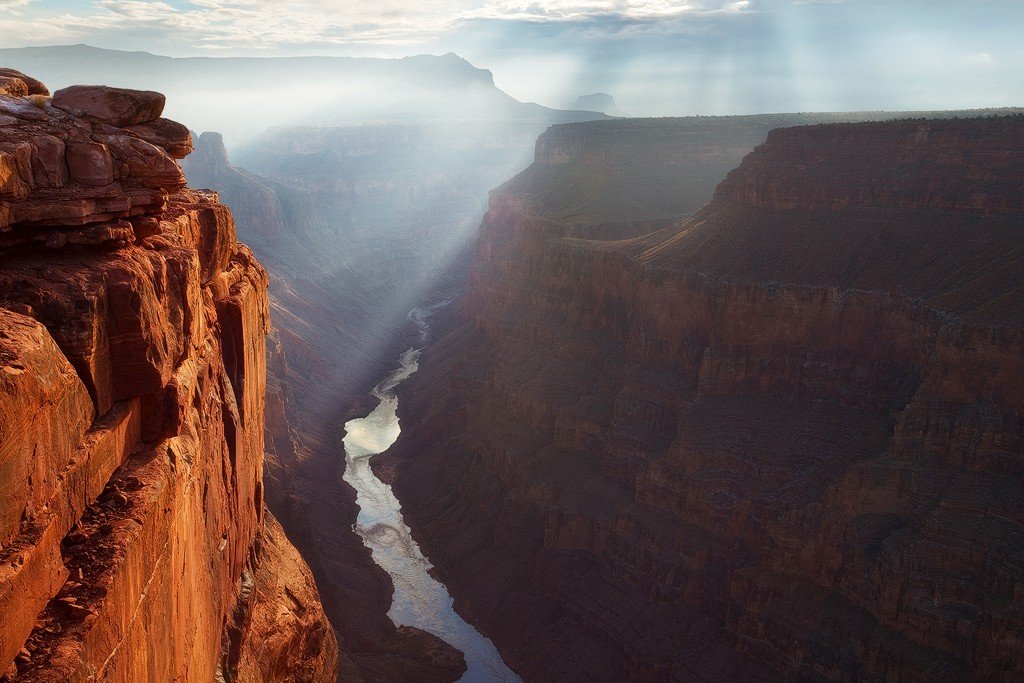
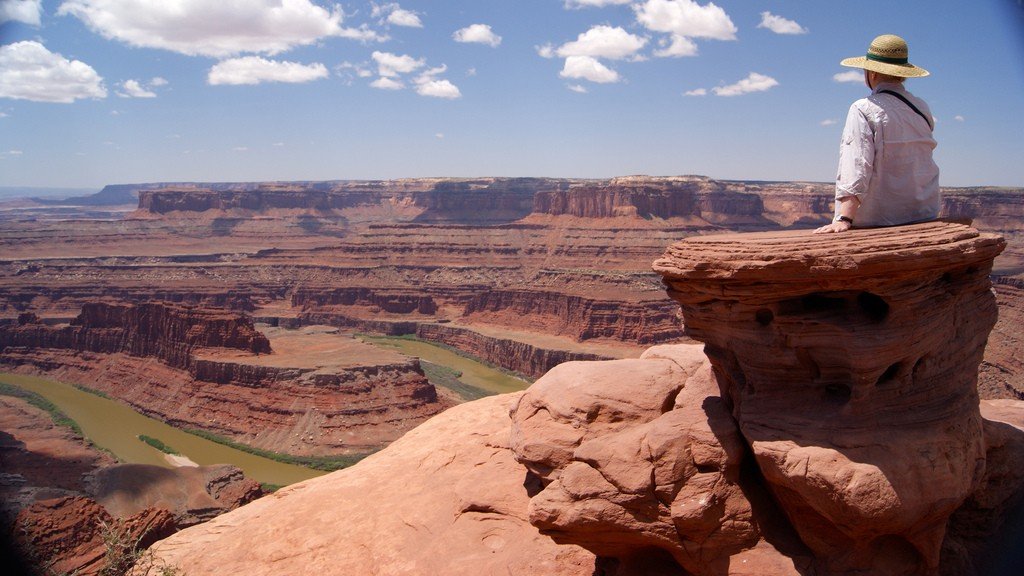
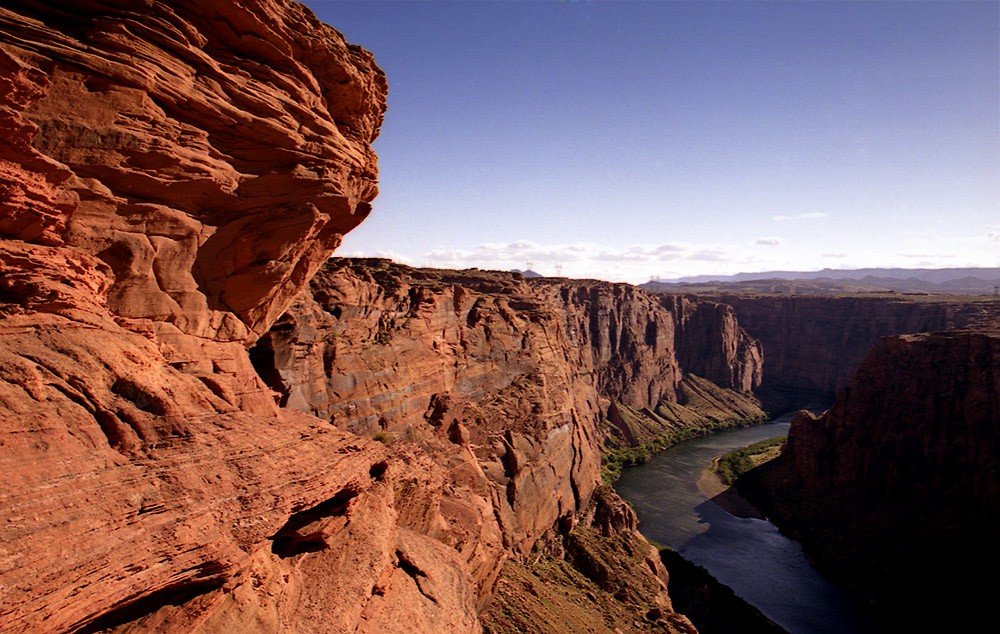
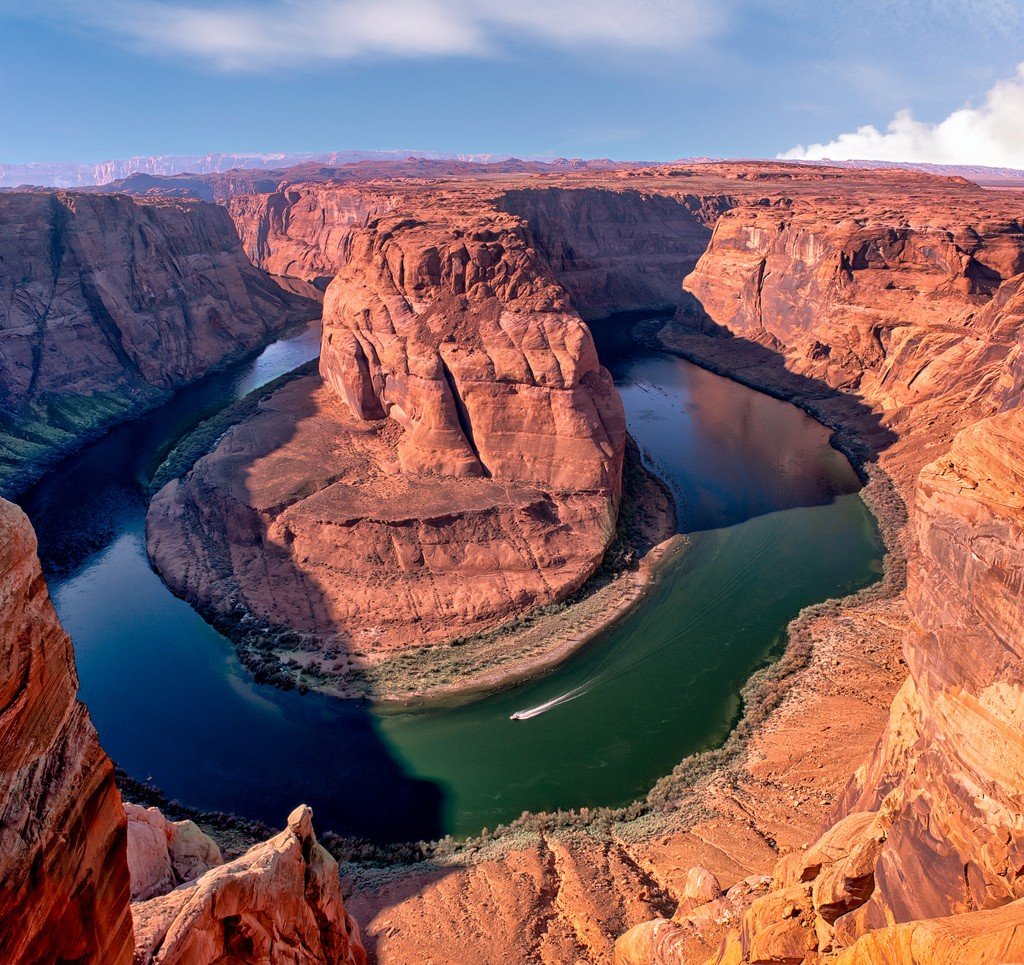
Video: Colorado River
%Background
Many years ago, the waters of the Colorado River were an unusual brown color and surprisingly warm. The Spanish discoverers of the river called it the “blood river.” Now the river’s water is as clear as a teardrop and cold.
.
In 1963, a huge hydroelectric dam was completed, solving many problems with water storage and generating electricity for the people of the surrounding states. This created one of the most beautiful lakes on Earth, and man-made lakes at that, Lake Powell. About 40 million people depend on the waters of this lake today. The benefits are undeniable. But the lake has also caused a lot of damage to the U.S. ecosystem. Because of Lake Powell, the waters of Colorado became crystal clear and cold, which led to the extinction of many species of fish. And some fish species, such as the humpback minnow, are classified as endangered species. This has happened because all the silt, all the living matter that made Colorado’s waters look brown and murky, is now settling into the lake.
.
In order to remedy this situation, scientists decided to periodically drain the lake so that the silt that had accumulated in it would fill the waters of the river and restore its sandy shores. And since 1996, Lake Powell has been periodically shallowing and the waters of the Colorado River have been filled with life-giving silt.
.
Unfortunately, the river’s first flooding did not result in significant results. The pressure of water released from the lake was not enough to restore the Colorado’s sandy shores, flush out non-native fish species, and destroy the algae growing along the river’s banks. Nor was it enough to flood coastal beaches and islands that had previously been hidden by water. When the water was first released, scientists found that the suspected coastal zone was virtually devoid of the sand that had previously lined it..
The later floods were more successful. Predatory fish didn’t leave Colorado’s bountiful waters, but their populations declined, while populations of native fish species increased by 50 percent. In addition, before the river was artificially flooded, scientists dumped sand into its waters to restore the original coastal bottom.
.
Several times, heavy heavy rains caused the dam to fail and natural flooding of the Grand Canyon occurred. Unfortunately, in 2001, such a dam failure killed several people in the Grand Canyon.But the systematic release of Lake Powell’s waters can also lead to environmental disaster. As noted, about 40 million people depend on the lake’s waters. And due to worldwide global warming, the lands surrounding the Colorado River states have experienced severe drinking water shortages in recent years. There’s been a drought. And if the situation doesn’t change soon, if the drought repeats itself in the coming years, it will lead to a severe shallowing of the Powell, which in turn will cause qualitative changes in the environment.
.